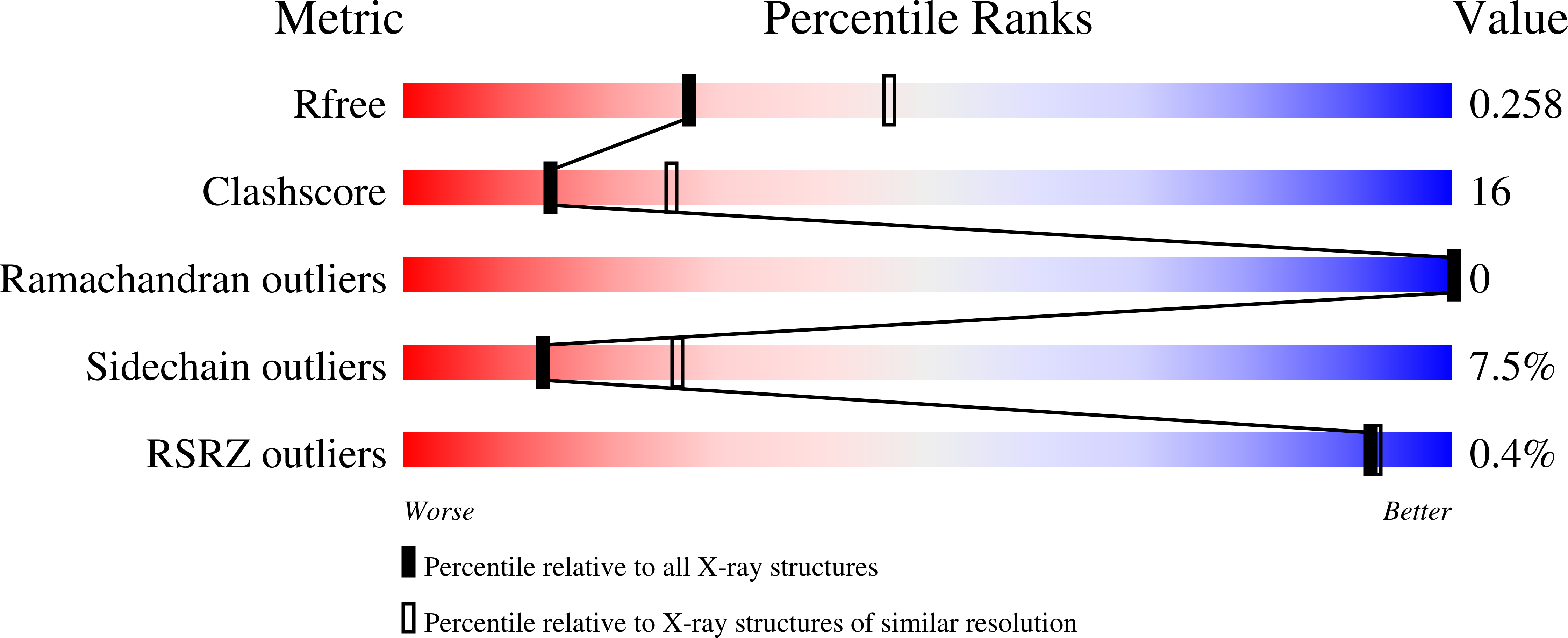
Deposition Date
2022-01-04
Release Date
2022-12-14
Last Version Date
2024-01-31
Entry Detail
Biological Source:
Source Organism:
Petromyzon marinus (Taxon ID: 7757)
Homo sapiens (Taxon ID: 9606)
Homo sapiens (Taxon ID: 9606)
Host Organism:
Method Details:
Experimental Method:
Resolution:
2.50 Å
R-Value Free:
0.25
R-Value Work:
0.18
R-Value Observed:
0.18
Space Group:
P 21 21 21


